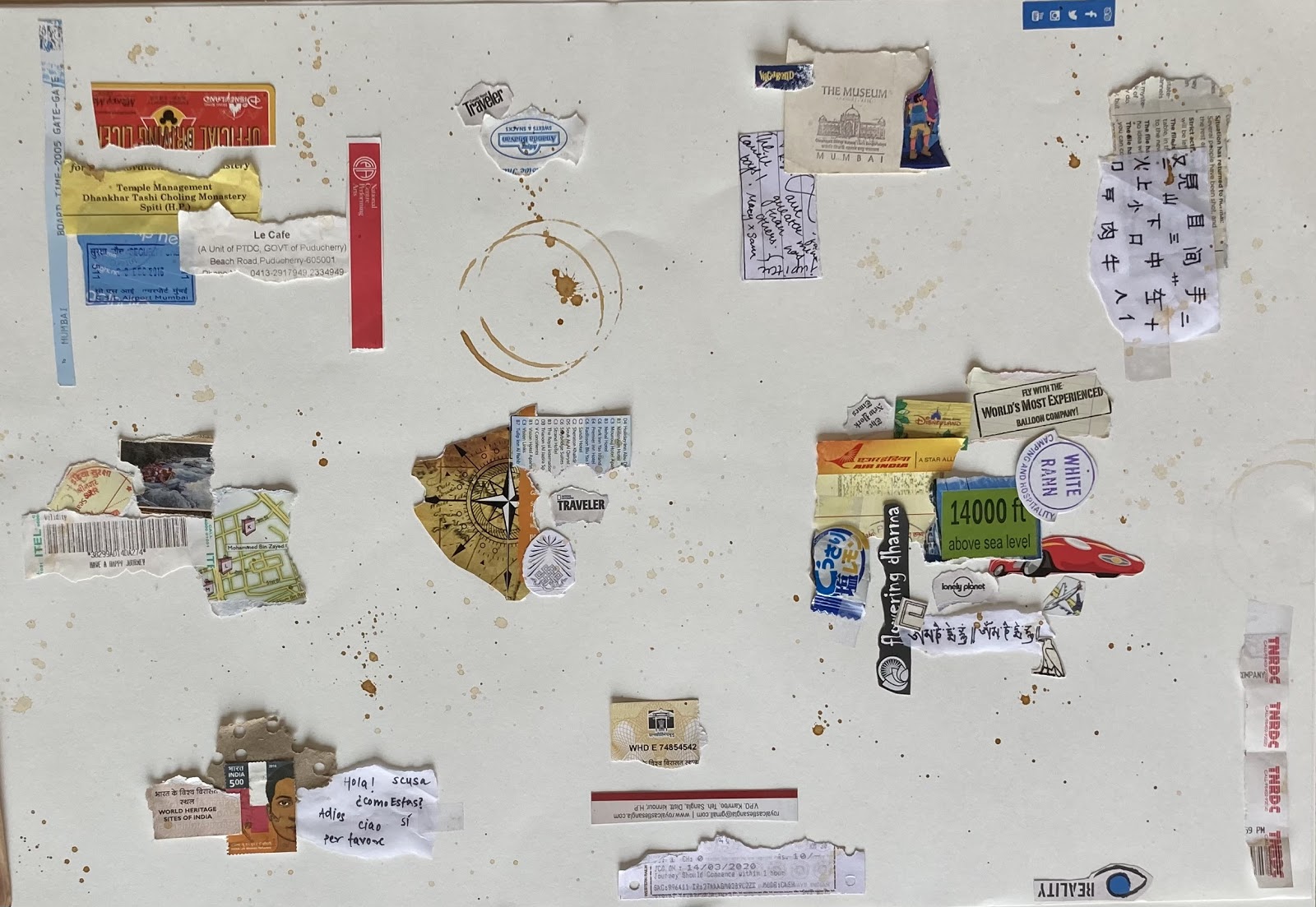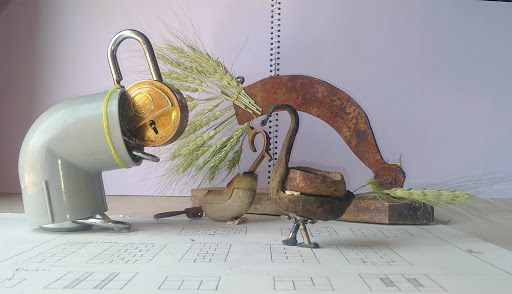Sem 01
Drawing and Projections
Visual Culture is a term that SEA has been engaging with obliquely throughout, and more boldly in the last year. SEA sees it as a practice of interrogating images. Since images form the basis of our association with our everydays - from our institutions to our relationships, to our cultural practices - locating ourselves within Visual Culture becomes an important tool to understand how our worlds are shaped by the images that we consume, and how we may use this critical appreciation to bring about changes to how we imagine and think of space.
This was initiated in the fourth week of the Foundation Programme through an analysis first of the "self" and then of the "home", in a bid to make portraits that would make visible some of the structural / cultural ideas that went into the construction of the self. The self was examined through ideas and the history of the portrait as representing class and status, the agency and representation of women, queer identities, and race and culture.
The studio also examined the ideas of personal and private and the meanings in them, along with the mind-body complex and representation as a basis to construct the self and the home. The portrait that then emerges is not limited to photographic form, neither does it draw from well known shifts in portraiture or the drawing of space and home. Rather, it looks closely at hidden aspects and dynamics at play in their relationships with their selves and their families, sets up a process on paper to explore what these could become and uses the process as method to come to unfinished, mutating, unlikely forms of image making.
 Atisha Bhuta, Drawing the Self
Atisha Bhuta, Drawing the Self

Sharvin Jangle, Drawing the Self

Aditya Mahajan, Drawing the Home
In the Projections module, the drawing of the home was used as a starting point, as a provocation to examine meaning making through objects. Students collected found objects around the home and through processes such as weaving, joining, cutting, stitching, burning, melting, etc, brought them together to understand how their overlaps and associations challenged their relationships with objects and made new meanings and experiences.

Avantika Padalkar, Projections

Subodh Shelke, Projections

Maitri Shah, Projections